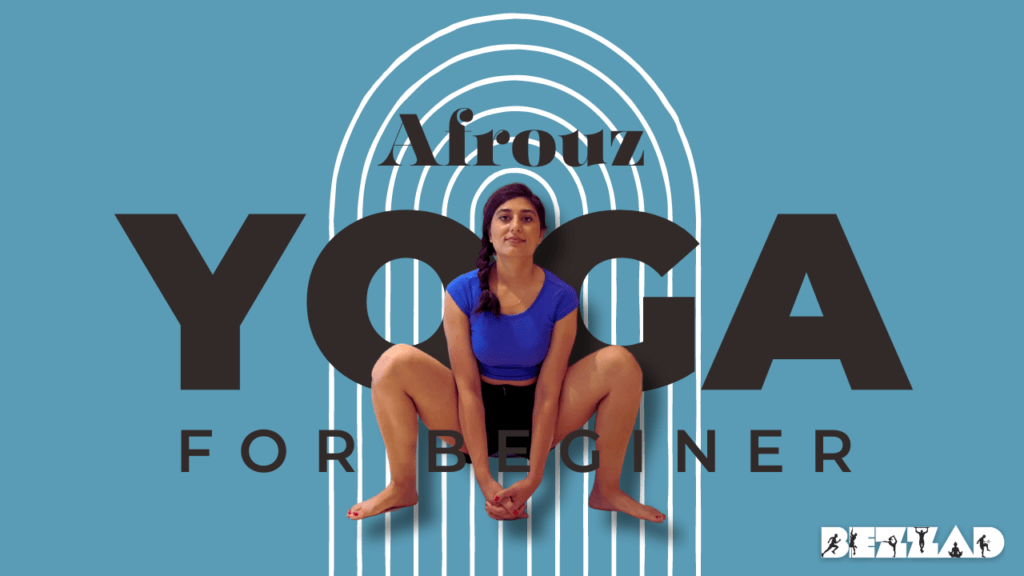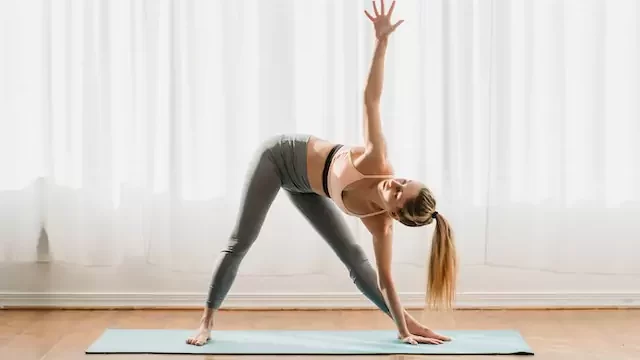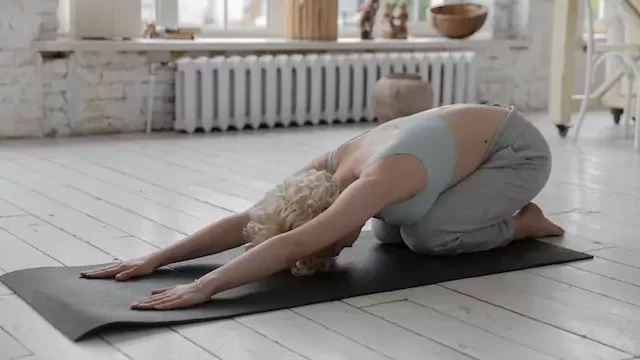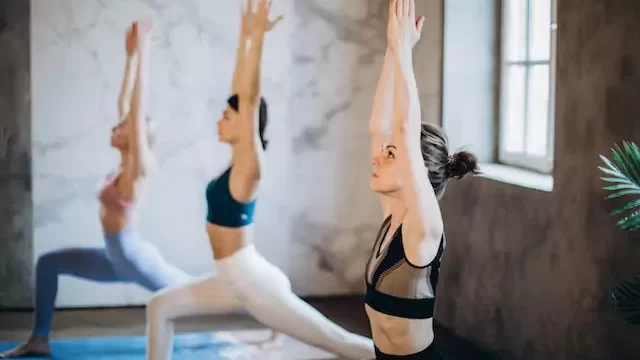Welcome to our invigorating morning Yoga routine, designed to kickstart your day with positive energy and enhance your overall well-being. This 4-exercise routine is designed for all levels of experience, from seasoned yogis to beginners. Follow along as we guide you through each pose, helping you cultivate mindfulness, flexibility, and strength.
Related: Yoga Poses to Improve Flexibility
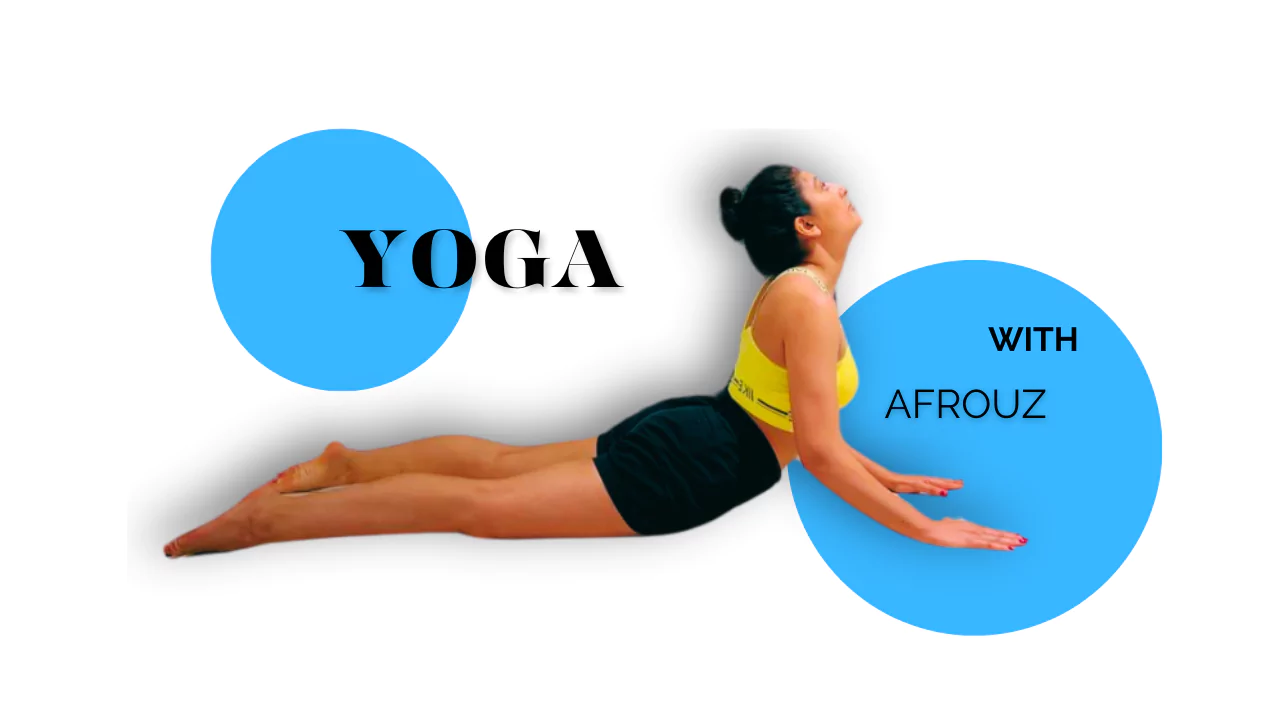
Namaskarasana (Salute to the Sun)
Benefits of Namaskarasana
- Relaxes the muscles of the pelvic region
- Deeply affects the muscles and joints of the spinal column and pelvis
- Improves blood circulation
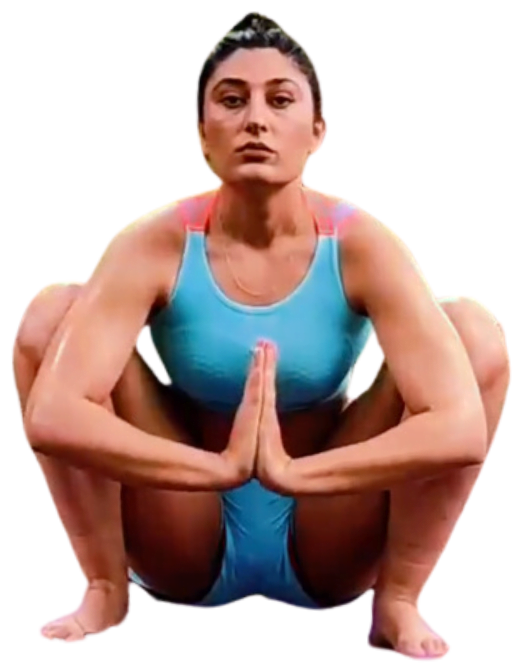
how to do Namaskarasana
- Squat down with your heels on the ground and your hips lowered.
- Press your palms together and tuck your elbows inside your knees.
- Separate your knees and throw your hands forward.
- Apply pressure with your knees to the back of your arms to bring your arms closer together.
Uttanasana (Standing Forward Fold)
Benefits of Uttanasana
- Strengthens the core muscles, abdomen, reproductive system, thigh muscles, knees, and ankles
- Improves overall body circulation
- Relieves stress and anxiety
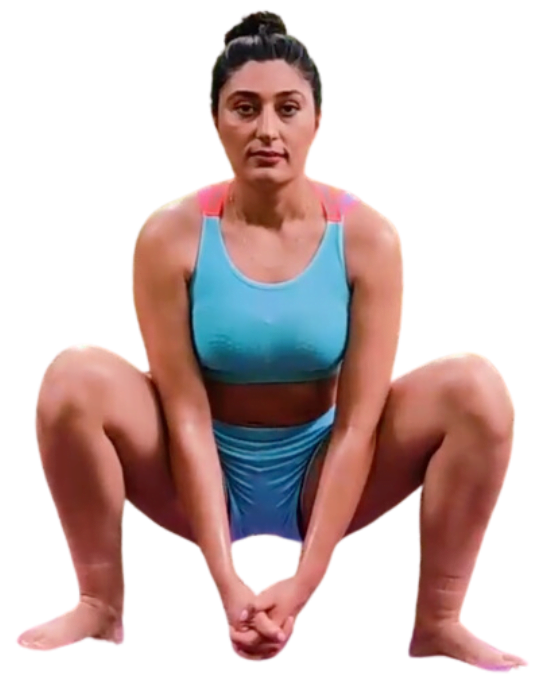
How to Do Uttanasana
- Stand with your feet about a meter apart.
- Lift your toes up and outwards and keep them in this position throughout the exercise.
- Interlock your fingers and stretch your arms in front of your body.
- Lower your palms towards the ground until they touch or come close to the ground (keeping the spine straight).
- Keep your palms and shoulders fully stretched, avoiding bending.
- Hold this final position for a few moments. Then return to the starting position and relax the body.
Shava Udarakarshanasana (Twisting Pelvis Pose)
Benefits of Shava Udarakarshanasana
- Relieves tension and fatigue, especially in the lower body
- Massages the abdominal and pelvic organs
- Improves digestion

How to do Shava Udarakarshanasana
- Lie on your back with your legs together.
- Stretch your arms out to the sides, palms facing down.
- Bend your right knee and place the right foot’s sole on the outer side of the left knee (left knee pointing towards the right), starting in this position.
- Slowly bring the right knee down towards the ground on the left side while keeping the bent knee in contact with the floor and your torso facing to the left.
- Turn your head to the right and gaze at your right arm, fixating on the middle finger of your right hand.
- The left hand should rest on the right knee, keeping the left arm
Shashankasana (Rabbit Pose)
Benefits of Shashankasana (Rabbit Pose)
- Stretches and strengthens the back muscles
- Reduces pressure on the lumbar spine
- Regulates adrenal gland function

How to do Shashankasana (Rabbit Pose)
- Start in Vajrasana (sitting on your heels).
- Place your palms on the ground in front of your knees.
- Slowly separate your knees as much as possible to the sides.
- Gradually move your hands forward, placing your forehead on the ground (maintain extended arms, relaxed chest, and a straight back).
- To return, first raise your head, shift the weight onto your palms, lift the chest off the ground, then use your hands to come back to the initial position.
FAQs
What are the benefits of practicing Namaskarasana (Salute to the Sun)?
Namaskarasana offers several benefits, including the relaxation of pelvic muscles, impact on spinal column and pelvis muscles and joints, and improvement in blood circulation. It is a pose aimed at promoting physical and mental well-being through mindful movements.
Can beginners perform Shava Udarakarshanasana (Twisting Pelvis Pose)?
Yes, beginners can engage in Shava Udarakarshanasana. This twisting pelvis pose is designed to relieve tension and fatigue, particularly in the lower body. It also aids in improving digestion and massaging abdominal and pelvic organs. However, individuals are encouraged to practice with awareness and listen to their bodies, adjusting the intensity as needed.
How long should one hold the final position of Uttanasana (Standing Forward Fold)?
It is recommended to hold the final position of Uttanasana for a few moments. This allows the practitioner to experience the strengthening of core muscles, improved body circulation, and stress relief. The duration can vary based on individual comfort levels, and participants are advised to maintain proper form throughout the exercise.
Is it necessary to follow the exact sequence of exercises in this morning yoga routine?
While it is generally recommended to follow the prescribed sequence for an optimal flow, the morning yoga routine allows for some flexibility. Individuals can adapt the sequence based on their comfort and needs. However, maintaining the sequence can contribute to a well-rounded practice, ensuring a balance of muscle engagement and relaxation. It is advisable to listen to your body and modify the routine as needed, especially if you have specific physical considerations or limitations.
